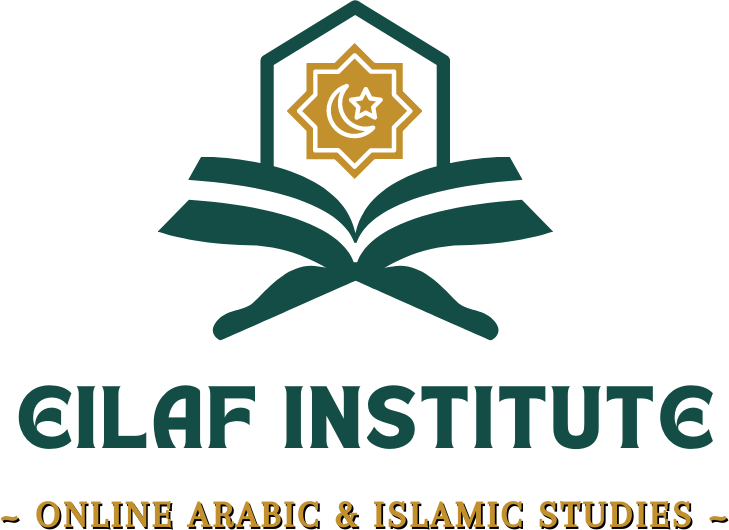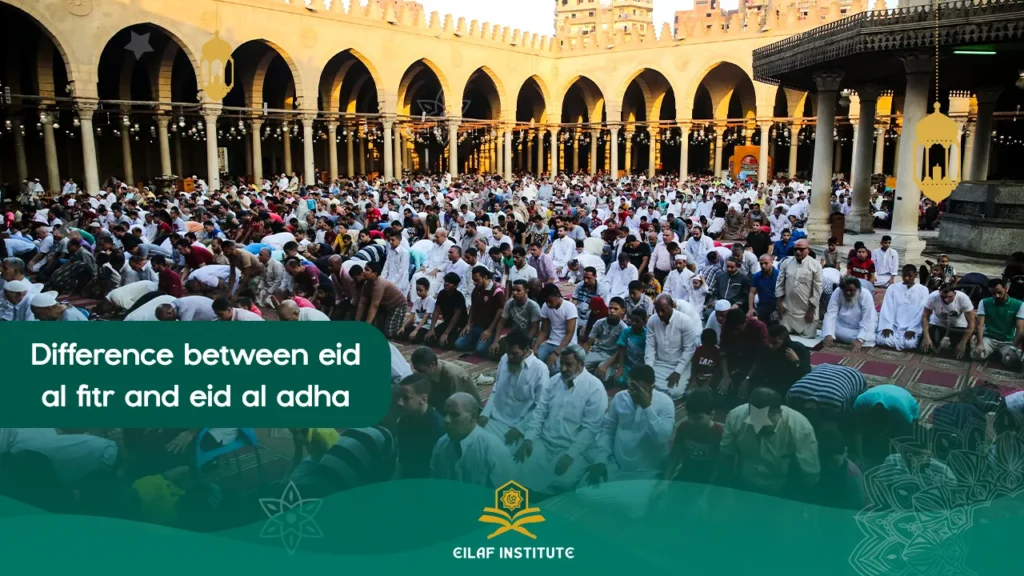If you don’t know the difference between eid al fitr and eid al adha, you’re about to learn how each celebration honors a unique spiritual theme within Islam.
While both are joyful Islamic holidays, they commemorate different historical and religious occasions.
Recognizing their backgrounds and traditions enhances our appreciation of their role in Muslim life.
What’s the Difference between eid al fitr and eid al adha?
The primary difference between eid al fitr and eid al adha lies in their purpose and historical context.
Eid al-Fitr (عيد الفطر) – Known as the “Festival of Breaking the Fast,” this Eid comes at the end of Ramadan, a month of fasting, reflection, and devotion. It celebrates spiritual growth, gratitude, and the endurance shown during Ramadan.
Eid al-Adha (عيد الأضحى) – Called the “Festival of Sacrifice,” it honors Prophet Ibrahim’s willingness to sacrifice his son Ismail in obedience to God’s command. It also marks the completion of Hajj, the annual pilgrimage to Mecca.
Understanding the Two Major Islamic Festivals
Both Eids follow the Hijri (Islamic lunar) calendar, which is around 10–11 days shorter than the solar calendar used globally.
As a result, the dates of these festivals move earlier each year according to the Gregorian calendar.
When Are Eid al-Fitr and Eid al-Adha Celebrated?
Eid al-Fitr is celebrated on the first day of Shawwal, right after Ramadan ends.
Its start depends on the moon sighting; if the new moon isn’t seen on the 29th night, then fasting continues for a 30th day, and Eid begins the next day.
Eid al-Adha falls on the 10th day of Dhu al-Hijjah, the final month of the Islamic year, about 70 days after Eid al-Fitr.
It coincides with the last days of Hajj and is celebrated over three or four days, known as Ayyam al-Tashreeq (10th–13th Dhu al-Hijjah).
Origins and Religious Significance of Each Eid
If you still don’t understand the difference between eid al fitr and eid al adha, let’s delve deeper into each Eid’s background to reveal its spiritual depth.
Eid al-Fitr: A Celebration of Spiritual Triumph
Eid al-Fitr marks the end of Ramadan, a sacred month filled with fasting, prayer, and acts of worship.
It is seen as a reward for the faithful who fasted and remained devoted throughout the month.
- Completion of Worship: It’s a time to thank Allah for the strength to observe the fasts, as outlined in the Quran (Surah Al-Baqarah, 2:185).
- New Beginnings: Eid al-Fitr signifies forgiveness and a renewed spiritual connection.
- A Joyful Occasion: It celebrates the accomplishment of one of Islam’s five pillars, fasting (Sawm), with joy and community gatherings.
Eid al-Adha: A Testament to Faith and Obedience
Eid al-Adha is rooted in the story of Prophet Ibrahim’s devotion, as described in the Quran (Surah As-Saffat, 37:100–113).
- Ultimate Obedience: When Ibrahim was prepared to sacrifice his son Ismail, Allah replaced the child with a ram. This act symbolizes complete faith and submission to God.
- Tied to Hajj: The festival occurs during the days of Hajj, when pilgrims retrace the footsteps of Ibrahim and his family.
- Meaning of Sacrifice: Eid al-Adha highlights the virtue of giving up personal desires and offering sacrifices for God’s sake.
Read also about: What Are The Fard Prayers?
Rituals and Traditions: From Prayers to Sacrifices
Although both Eids include communal prayers, their traditions differ.
Eid al-Fitr Celebrations:
- Zakat al-Fitr: A required donation given before Eid prayer, allowing all Muslims to celebrate equally. It’s usually food or money given for each family member.
- Purification and Dress: Muslims take a full-body wash (Ghusl) and wear their best clothes.
- Takbirat: Praising God on the way to the prayer with specific phrases of glorification.
- Eid Prayer: A special prayer held in large gatherings, followed by a sermon.
- Food and Family Time: After the prayer, families share meals, visit loved ones, and give gifts. Desserts are especially popular, earning this Eid the nickname “Sweet Eid.”
- Common Greetings: “Eid Mubarak” or “Eid Sa’id” are exchanged among Muslims.
Eid al-Adha Traditions:
- Takbirat: Recited from the morning of the 9th until the afternoon of the 13th Dhu al-Hijjah, more frequently and with greater intensity.
- Cleanliness and Attire: Like Eid al-Fitr, Muslims wear clean, fine clothes after performing Ghusl.
- Prayer Before Eating: It’s customary to pray before eating on this day and, if possible, to eat from the sacrificed animal.
- Qurbani (Sacrifice): A central ritual where Muslims sacrifice animals to honor Ibrahim’s devotion.
- Meat Sharing: The meat is divided into three parts, one for the household, one for relatives and friends, and one for the poor.
- Feasting and Socializing: Meals center around the Qurbani meat, and families gather to celebrate.
- Greetings: As with Eid al-Fitr, people greet one another with “Eid Mubarak” or “Eid Sa’id.”
Charity and Community Spirit in Both Eids
Charity lies at the heart of both celebrations.
- Eid al-Fitr: Zakat al-Fitr ensures even the less fortunate can enjoy the holiday.
- Eid al-Adha: Distributing Qurbani meat strengthens social bonds and supports the needy.
Other shared values include:
- Forgiveness: Reconnecting and resolving conflicts.
- Hospitality: Welcoming guests and offering food.
- Caring for Others: Visiting the elderly, the sick, and remembering those who’ve passed.
These actions reinforce unity, compassion, and support within the Muslim community.
Common Misconceptions About the Two Eids
Some misunderstandings often arise:
- “You must fast on Eid.”
Fasting is not allowed on either Eid day. These are days of joy, not fasting. - “Only Hajj pilgrims celebrate Eid al-Adha.”
All Muslims celebrate Eid al-Adha, not just those performing Hajj. The Qurbani ritual is observed by Muslims worldwide who are financially able.
We hope this helped clarify the difference between eid al fitr and eid al adha for you.
Learn More About Islamic Celebrations in Our Online Course
Want to explore Islamic traditions more deeply?
Our New Muslim Converts Course covers festivals, beliefs, and practices in detail.
Enroll now to begin your learning journey.
FAQs
Why are there two Eids in Islam?
Islam has two Eids: Eid al-Fitr marks the end of Ramadan, while Eid al-Adha honors Prophet Ibrahim’s sacrifice and coincides with Hajj. Each has its own spiritual and communal significance.
Is Eid al-Adha more important than Eid al-Fitr?
Eid al-Adha is called the “Greater Eid” due to its link with Hajj and sacrifice, but both Eids are deeply meaningful. One isn’t more important than the other in religious duty.
Can non-Muslims participate in Eid celebrations?
Yes! Non-Muslims are welcome to join Eid festivities respectfully. It’s a chance to share joy, food, and cultural understanding.

